1. Guinea Pigs
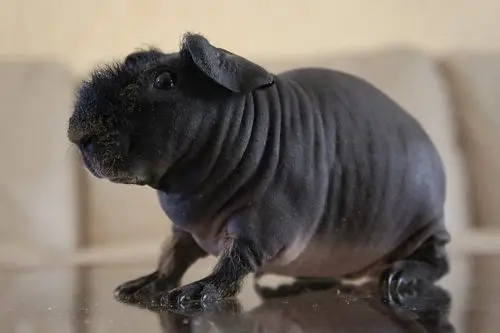
Guinea pigs are another example of animals that come in both hairy and hairless versions, and they offer insight into how selective breeding can influence physical traits. Most guinea pigs, such as the American or Abyssinian varieties, are covered in a soft, dense coat of fur. Their fur can range in length from short to long, and their colors vary widely. However, there is a unique breed of guinea pig known as the Skinny Pig, which has very little fur, leaving their skin exposed. The Skinny Pig was initially developed as a laboratory animal for research purposes, but it has since become a popular pet due to its distinctive appearance. The hairlessness in Skinny Pigs is caused by a genetic mutation that suppresses the development of fur. According to PetMD, unlike other hairless animals, Skinny Pigs are not completely bald, but they have only a fine layer of down or fuzz on their skin. This breed is more vulnerable to temperature extremes, requiring special care in colder environments, where they may need to be kept warm with blankets or heating pads.
Despite their lack of fur, Skinny Pigs are just as social and affectionate as their furry counterparts. In fact, their reduced hair coat often makes them feel even more like a cuddly, warm companion. While Skinny Pigs may look delicate, they are generally healthy when provided with proper care, such as appropriate bedding, temperature control, and frequent grooming. Interestingly, the Skinny Pig’s hairlessness has made it a subject of study in genetics, helping researchers understand the role of specific genes in hair growth and the evolution of furless animals. This breed represents a fascinating example of how genetic mutations can create unique physical characteristics in a population.
2. Dogs
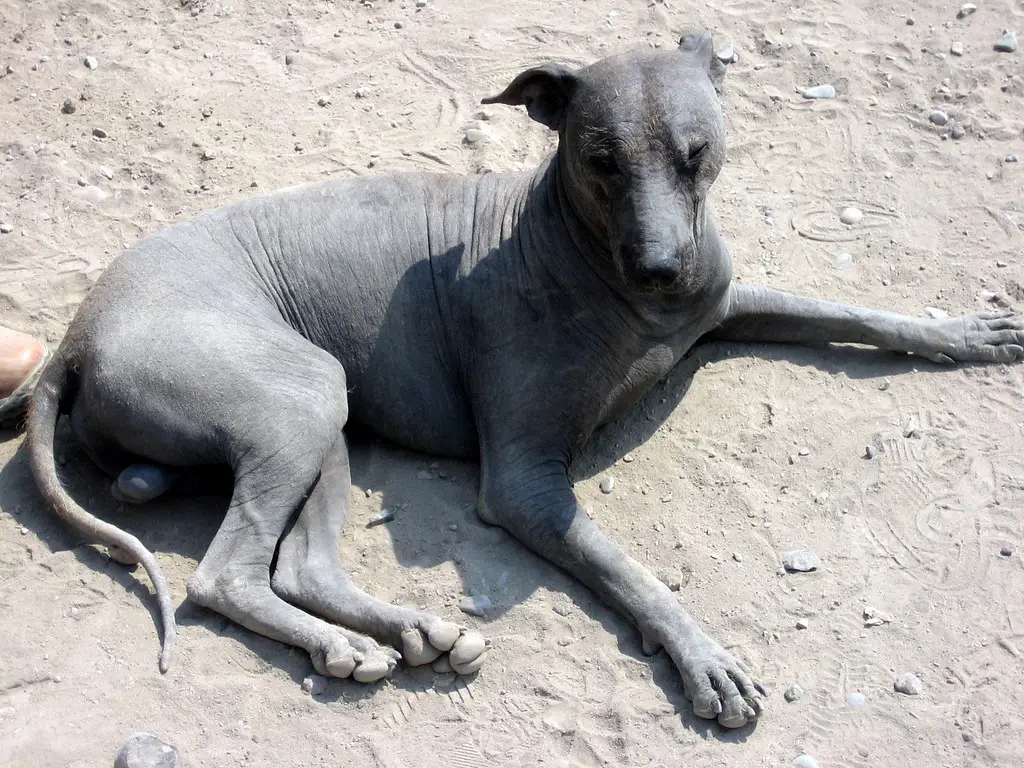
Dogs exhibit a wide variety of fur types, ranging from thick, long coats to hairless skin. While many breeds have full, luxurious fur, others, such as the Chinese Crested and the Mexican Hairless Dog (Xoloitzcuintli), are nearly hairless. These hairless breeds are the result of specific genetic mutations that suppress fur growth. The gene responsible for this trait is known as the “hr” gene, which prevents hair follicles from developing fully. In the case of the Chinese Crested, there is also a unique texture to the skin, which often appears wrinkled and may have a fine layer of fuzz. Although hairless dogs lack the protective fur that most canines rely on for insulation, they are often well-suited to warmer climates, where fur would be less necessary. However, these breeds are more vulnerable to sunburn and extreme cold, requiring extra care in hot and cold weather. According to ASPCA, in addition to the practical considerations of skin care, hairless dogs often require more frequent bathing and moisturizing to protect their sensitive skin. The absence of fur also tends to highlight the dog’s musculature, making them appear sleek and more streamlined.
Breeders of hairless dog breeds have carefully cultivated these traits through selective breeding, emphasizing the desired characteristics. These dogs still maintain a strong bond with their owners and can be just as affectionate as their furry counterparts. Interestingly, the development of hairless dog breeds is often a result of natural mutations or environmental factors influencing their evolutionary path. Hairlessness in these breeds demonstrates the complexity of genetic inheritance and how certain traits can be amplified over generations.
3. Cats
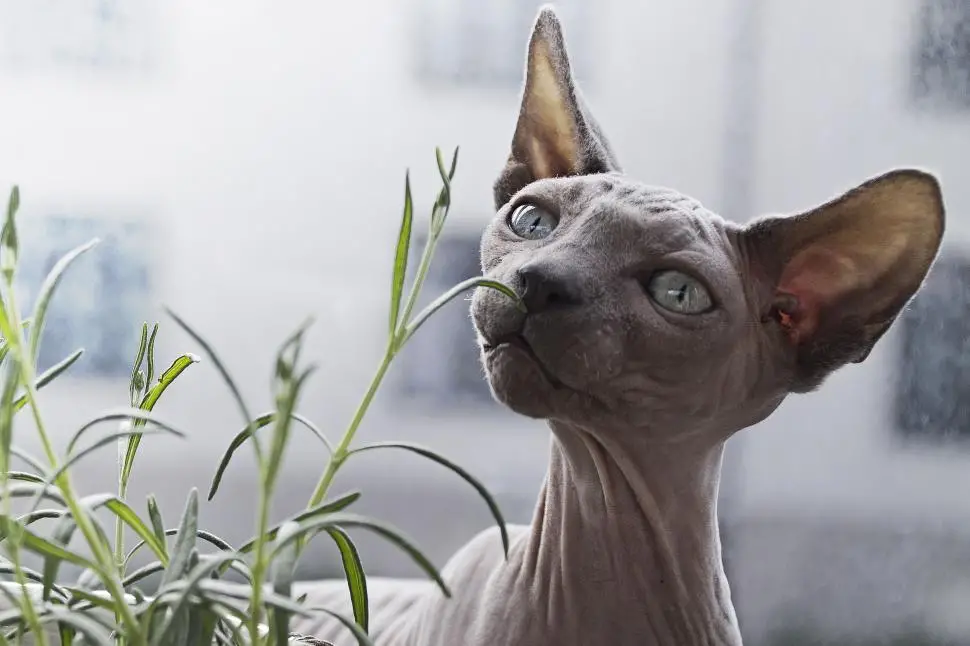
Cats are another species with both hairy and hairless versions, and they provide a fascinating example of how genetics shape an animal’s appearance. Most cats, like Persians, Maine Coons, and Siamese, have full coats of fur that vary in length, color, and texture. However, there is one famous breed that stands out for its lack of fur: the Sphynx cat. Unlike most hairless animals, the Sphynx does not possess complete baldness, but instead has a fine layer of peach-fuzz-like down covering its body, giving it a soft, velvety feel. This hairlessness is caused by a dominant gene that affects the hair follicles, preventing them from growing a full coat. While the Sphynx’s hairlessness is a defining trait, it does not make the breed immune to the challenges that come with it. Hairless cats are prone to temperature fluctuations, requiring extra care in both hot and cold environments. According to Ethos Veterinary Health, in colder climates, they may need clothing to keep them warm, and they are also more susceptible to sunburns, necessitating the use of sunscreen or UV-blocking clothing.
Interestingly, the Sphynx’s lack of hair is not just a cosmetic trait; it is also tied to health considerations. These cats tend to have oily skin, which is usually absorbed by their fur, so they often require regular bathing to keep their skin healthy and free of excess oil buildup. The genetic mutation that causes hairlessness in Sphynx cats also affects their hair follicles’ ability to grow, though they may still develop a fine down of fuzz that distinguishes them from fully hairless animals. As a result of selective breeding, the Sphynx cat has become a beloved companion for those who appreciate its unique appearance and outgoing, affectionate personality.
4. Humans

Humans are perhaps the most notable example of an animal species with significant variation in hair coverage. While most people have body hair, the amount, distribution, and texture can vary greatly. Some individuals have dense body hair, such as in people of certain ethnic backgrounds, while others have sparse or very fine hair. According to the Cleveland Clinic, some experience complete hair loss due to conditions like alopecia areata, which causes patches of baldness. Additionally, some people are born with congenital hairlessness, a rare condition known as congenital atrichia. These individuals are born without hair and do not grow it as they age. The science behind human hair loss lies in genetic variations, particularly mutations in the hair follicle genes.
Hair loss can also be a result of hormonal changes, aging, or autoimmune diseases. For example, alopecia areata occurs when the immune system mistakenly attacks hair follicles, causing hair to fall out. Meanwhile, congenital atrichia occurs due to a mutation that disrupts hair follicle development, leading to an inability to grow hair. Interestingly, human hairlessness is thought to be linked to our evolutionary ancestors. It is believed that early humans lost much of their body hair as they adapted to hot environments, relying more on sweating for thermoregulation. This adaptation might have provided an advantage in our ancestors’ ability to cool down, making them better suited to survival in warmer climates.
5. Rats
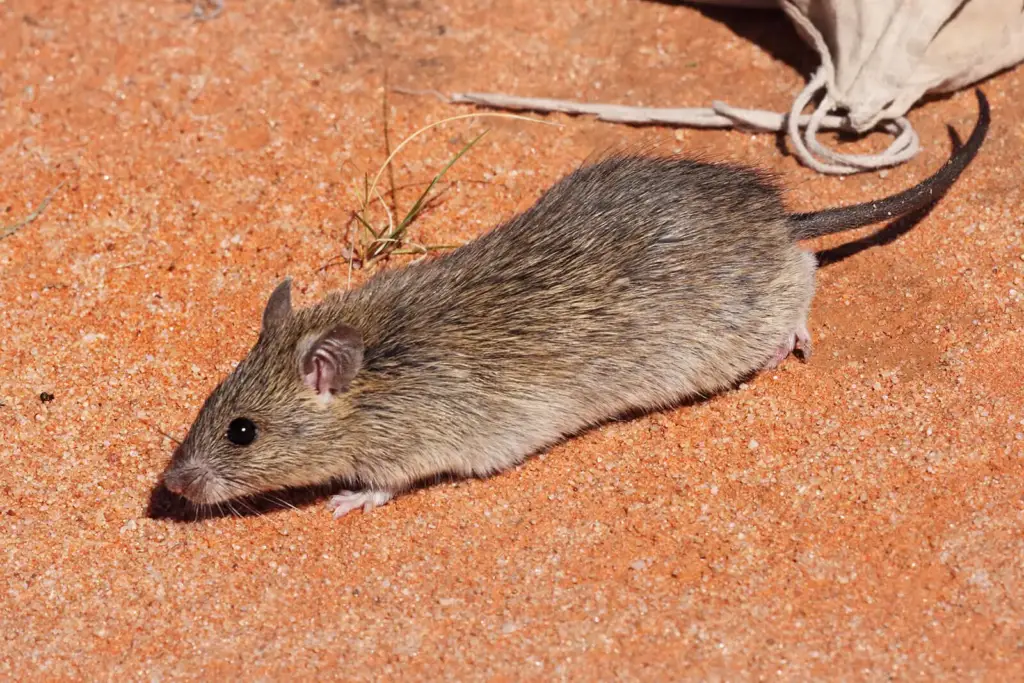
Rats, like many other animals, come in both hairy and hairless varieties, with the most well-known hairless variety being the “Hairless” or “Rex” breed. While wild rats and most domesticated rats have fur that covers their bodies, the hairless rat is a rare and distinctive version. These rats are commonly used in scientific research, especially in studies related to genetics, skin diseases, and even cancer. Hairless rats are the result of a specific genetic mutation that prevents the growth of fur, leaving them with smooth, wrinkled skin. The mutation responsible for their hairlessness is linked to the “hr” gene, which disrupts the development of hair follicles. Despite their lack of fur, hairless rats are quite similar to their furry counterparts in terms of behavior and intelligence. They are social animals and enjoy interacting with their owners and other rats. However, due to their lack of fur, they are more susceptible to cold temperatures, making them more vulnerable to health issues if not kept in a warm, controlled environment.
Hairless rats also have sensitive skin that requires extra care, as they are prone to dryness and irritation. In fact, hairless rats may require regular moisturization to prevent their skin from becoming too dry or cracked. They are also more susceptible to infections and parasites, which can be a particular concern due to their exposed skin. Interestingly, hairless rats have been instrumental in the study of dermatological conditions. According to a study published in the Journal of Investigative Dermatology, hairless rats are helping scientists understand how hair follicles develop and how skin functions in the absence of fur. As a result, they are valuable to researchers and pet enthusiasts alike, offering insights into both biology and animal care.
6. Pigs

Pigs are another species that can have both hairy and hairless versions, though their coat types vary depending on the breed. Most domestic pigs have thick coats of fur that provide insulation and protection. However, certain breeds, such as the Vietnamese and Chinese Hairless pigs, have very little to no fur. These hairless breeds are often found in regions with hot, humid climates where fur would be less advantageous. The hairless trait in pigs is a result of selective breeding, as farmers sought animals that could better withstand the heat of their environments. In fact, the absence of fur in these pigs helps them regulate their body temperature more efficiently, as they do not have a thick coat to trap heat. Without a dense fur coat, these pigs are better able to cool off in the sweltering heat.
Additionally, hairless pigs tend to have less difficulty with parasites that thrive in fur, making them more resilient in certain environments. The genetic mutation that leads to hairlessness in pigs affects their skin’s ability to grow hair follicles, resulting in a smooth, almost bald appearance. While hairless pigs have many advantages in hot climates, they do require special care to protect their sensitive skin from sunburns and extreme temperatures. These pigs often need extra protection from the sun, such as shaded areas or sunscreen, to prevent damage to their skin. Despite their lack of fur, hairless pigs are still highly intelligent, social animals, just like their furry counterparts, and they remain a popular farm animal due to their adaptability and hardiness.
7. Horses
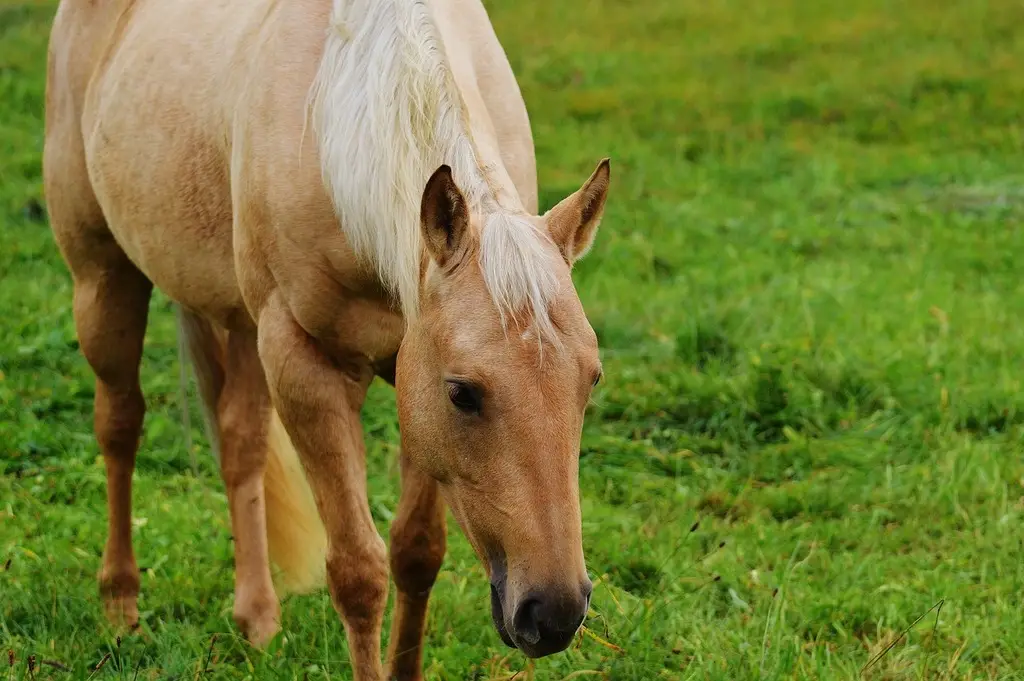
Horses are typically known for their thick, long coats, which serve to protect them from the elements. Most horses, whether wild or domesticated, grow thick winter coats in response to colder climates. However, there are rare instances of horses with very little fur or no coat at all. These hairless horses can be the result of genetic mutations, diseases, or even environmental factors that lead to the loss of hair. The hairless horse mutation is a rare phenomenon, and these horses are usually the subject of scientific interest due to their unique appearance and the medical conditions associated with their hairlessness. In some cases, horses may lose their coats due to a condition called congenital alopecia, which is a genetic disorder that causes the hair follicles to fail to develop or function properly. While hairless horses are a rarity, they do demonstrate the complexity of genetic inheritance and the various ways in which animals can adapt to their environments.
These horses may experience challenges related to thermoregulation, as they do not have the insulating coat of fur that most horses rely on to protect themselves from both cold and heat. As a result, hairless horses may require special care in the form of blankets in cold weather or protection from the sun in warmer climates. In some cases, these horses may also need to be monitored for skin infections or irritations, as their lack of a coat can leave them more vulnerable to environmental factors. Despite their lack of fur, hairless horses remain majestic animals, and their rarity only adds to their mystique.
8. Elephants
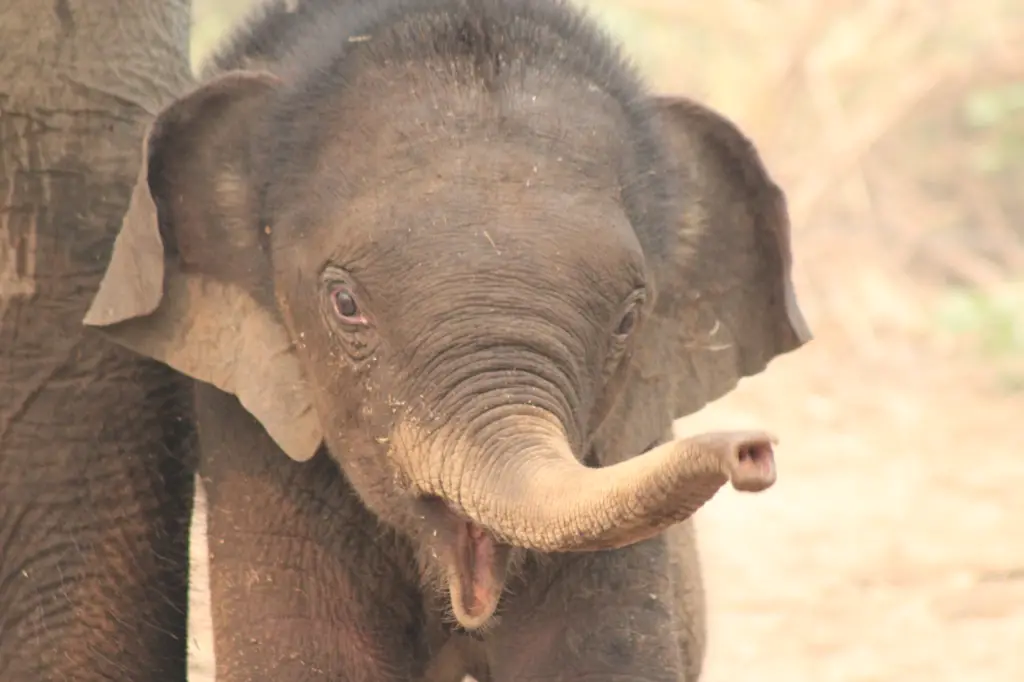
Elephants are not typically thought of as hairless animals, but they do have much less fur than many other mammals. African elephants and Asian elephants both have patches of fur, particularly in their younger years. However, as they mature, most elephants lose most of their body hair. These large mammals may still have a small amount of bristle-like hair scattered across their bodies, particularly around the eyes, ears, and tail. The hair that remains is sparse and serves more as a sensory function than for insulation. Elephants are primarily adapted to warm climates, and their sparse hair helps them maintain body heat by allowing heat to dissipate more efficiently. The relatively little hair that they do have provides minimal insulation, and their thick skin serves to protect them from the harsh sun and abrasive environmental conditions.
Despite the limited hair on their bodies, elephants have other adaptations that help them cope with heat. For example, they have large ears that help with cooling by radiating body heat. These adaptations make elephants well-suited to their environments, where thick fur would only hinder their ability to regulate their body temperature. The loss of most of their hair as they age may also be linked to their evolutionary needs. As elephants grew larger and their skin became thicker, their ability to survive in warm environments without the need for fur became more advantageous. The sparse hair they retain is likely a vestigial trait, a remnant of their fur-covered ancestors.
9. Mice
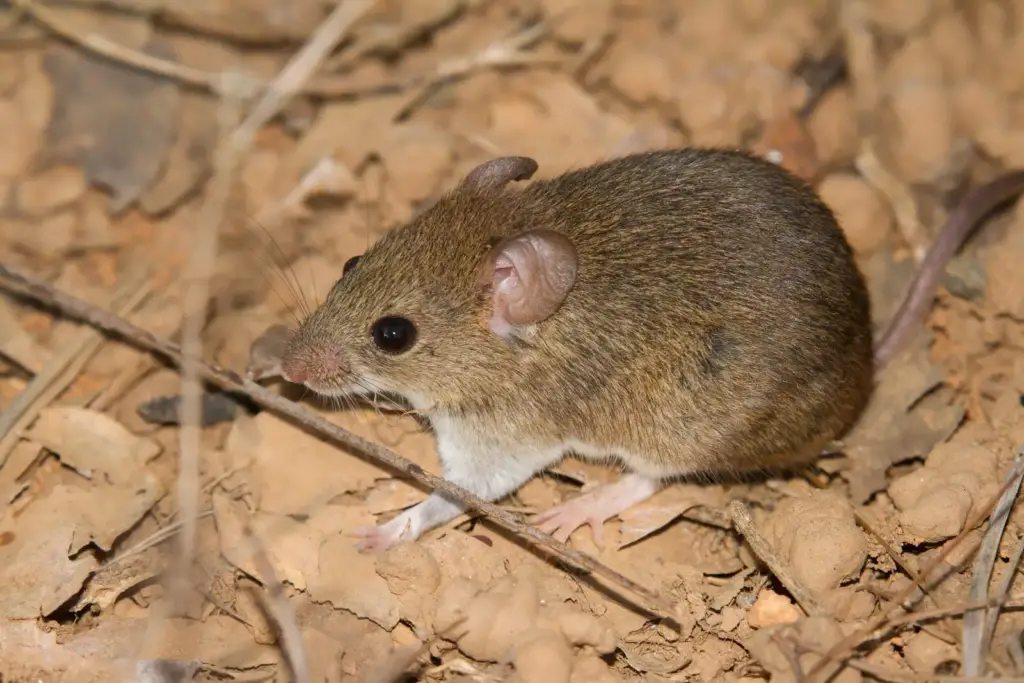
Mice are typically small rodents covered in soft fur, with the color and texture varying depending on the species. However, there is a strain of mouse that is completely hairless, commonly used in laboratory research. These hairless mice, known as “Hairless” or “nude” mice, are the result of a specific genetic mutation that prevents hair from growing. This mutation is part of the same genetic family that affects other hairless animals, such as dogs and cats. The hairless gene in mice disrupts the development of hair follicles, leaving the animal with smooth, exposed skin. Despite their lack of fur, hairless mice are not significantly different in behavior from their fur-covered relatives. They still engage in typical mouse activities such as foraging, nesting, and socializing. However, because they lack the insulation that fur provides, hairless mice are more sensitive to temperature changes and are prone to hypothermia if not kept in a warm environment.
They also have more delicate skin, which is prone to dryness and irritation. As a result, hairless mice are often housed in temperature-controlled environments and may require additional care to keep their skin healthy. Interestingly, hairless mice have been widely used in scientific research, especially in studies related to genetics, cancer, and skin diseases. Their lack of fur makes them an ideal subject for experiments that investigate the effects of various conditions on the skin or the impact of drugs on hair growth. The use of hairless mice has contributed significantly to medical research and continues to provide valuable insights into human health.
10. Bears
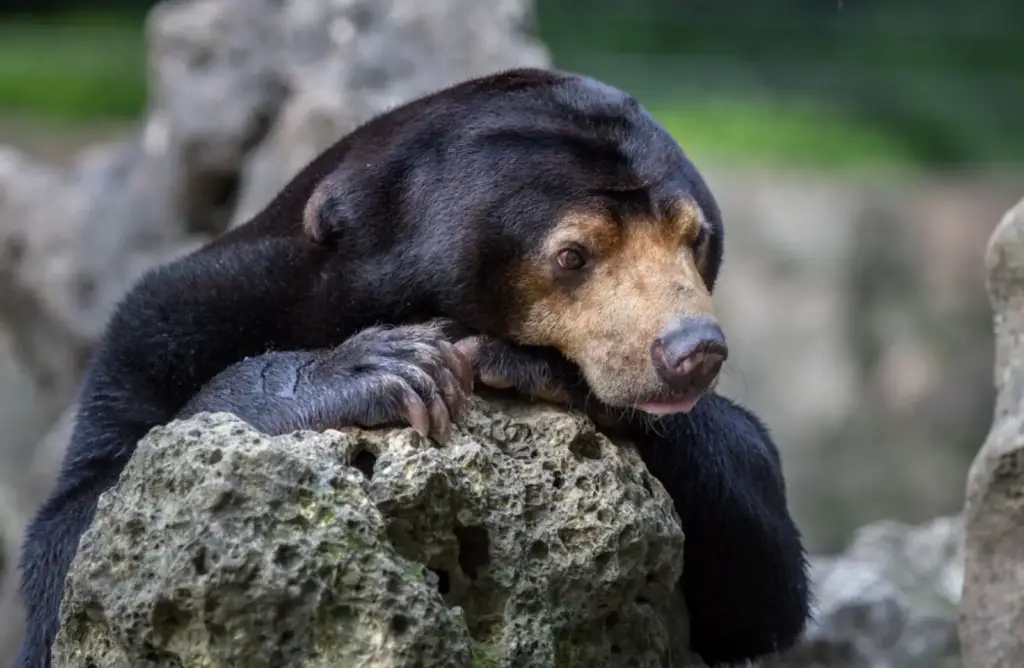
Bears are large mammals that typically have thick, dense fur coats designed to keep them warm during the cold winter months. Species like the grizzly bear, polar bear, and black bear are all known for their thick coats, which vary in length depending on the climate in which the bear lives. However, there are instances where bears can appear hairless or have patches of hair missing. This can happen due to genetic mutations, diseases, or parasites that cause hair loss. For example, bears with mange, a parasitic infestation caused by mites, can lose significant amounts of fur. This condition is typically treatable, and the fur usually grows back once the mites are eliminated. In rare cases, some bears may be born with congenital hair loss or experience hair loss due to other genetic conditions. While these bears may not survive as well in cold environments without their fur, they can still adapt to warmer climates where their reduced fur coverage might be an advantage.
Despite these occasional instances of hairlessness, most bears have thick coats that provide them with insulation during winter hibernation. The fur also helps protect them from insect bites and harsh environmental conditions. Hair loss in bears can be a sign of health issues or environmental stress, but it is relatively rare in the wild. The occasional appearance of hairless bears demonstrates the complexity of their health and biology, highlighting how even large mammals are not immune to genetic mutations or environmental influences.
11. Armadillos
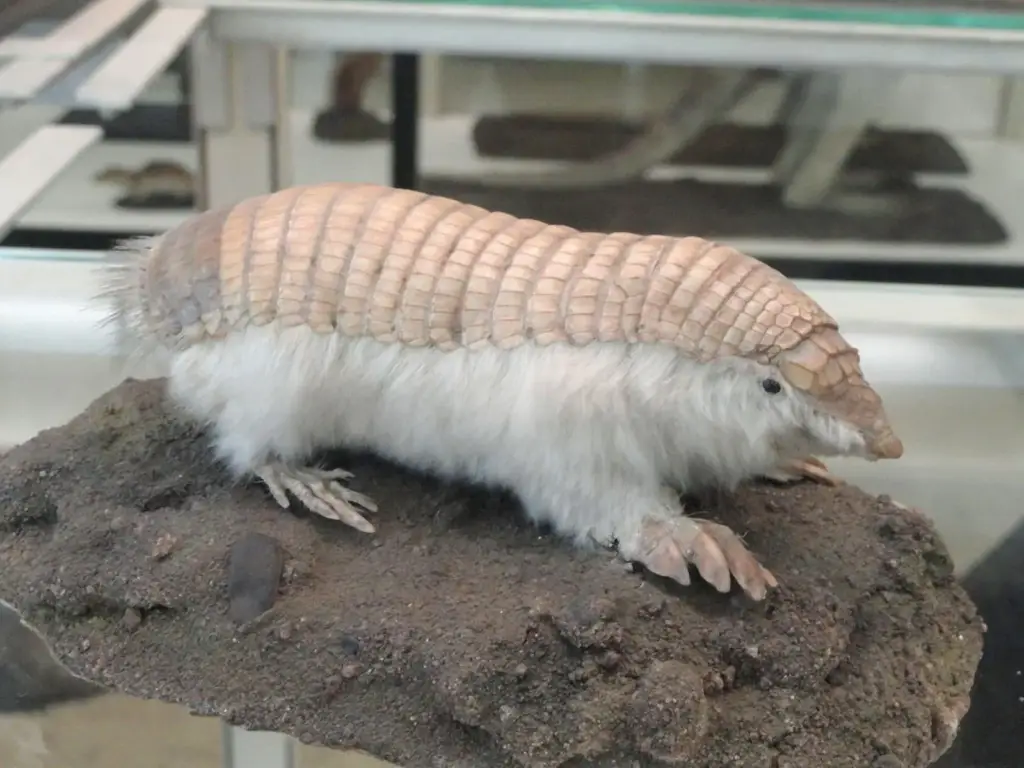
Armadillos are known for their tough, armor-like shells, but some species exhibit surprising variations in hair coverage. Most armadillos, like the nine-banded armadillo, have a tough exterior covered with armor plates, but they also have a sparse coat of fur covering their undersides and the area around their legs. However, some armadillos, such as the pink fairy armadillo, have very little hair, with only small patches of fur on their bellies. The pink fairy armadillo’s hairlessness is particularly striking because of the contrast between its smooth, almost bald appearance and its hard shell. The pink fairy armadillo’s lack of fur likely helps it adapt to its burrowing lifestyle, as it spends much of its time underground in warm, dry environments. The absence of a thick fur coat reduces the weight the armadillo carries while digging, making it easier for the animal to maneuver through the soil.
Additionally, a lack of fur can help reduce the risk of parasite infestation, as it limits the places where pests can hide. While armadillos are typically known for their armored exteriors, their sparse or absent fur suggests that evolution has shaped them in unique ways to survive in their specific ecological niches. The scientific reasons behind their hairlessness are still being studied, but it is believed to be related to their environment and lifestyle, both of which prioritize burrowing and adapting to hot, dry conditions.
12. Sheep
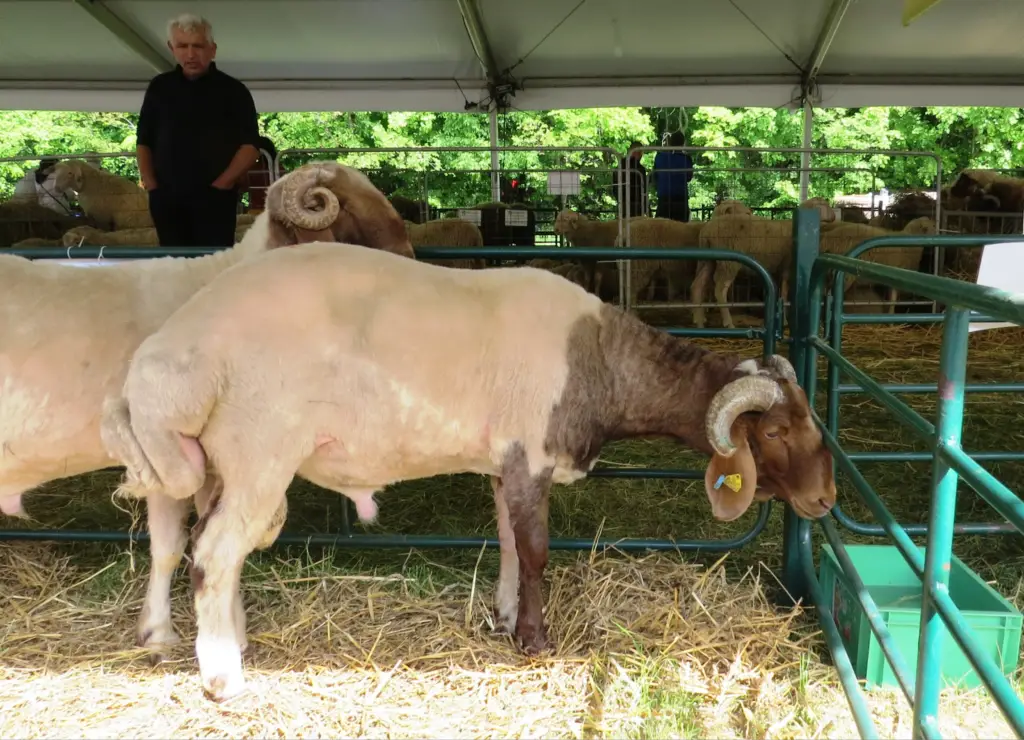
Sheep are primarily known for their woolly coats, which have been prized by humans for centuries for use in textiles. However, not all sheep have thick, woolly coats. Some breeds, like the Dorper sheep, have very little wool and a short, smooth coat. These hairless or lightly wool-covered breeds are particularly adapted to warmer climates where a full coat of wool would be too hot. The hairless trait in these sheep is a result of selective breeding, where farmers sought animals that could better tolerate the heat. The lack of a thick wool coat helps these sheep stay cool in hot environments, as they do not have the insulating layer that would trap heat. In fact, some hairless sheep are considered more efficient grazers, as they are less likely to overheat during the day.
The hairless trait is also helpful in preventing wool parasites, such as lice or mites, that can infest the wool of other breeds. Despite their lack of wool, hairless sheep still require care, particularly when it comes to protection from the elements. These sheep may need additional shade and water to stay hydrated, especially in extremely hot conditions. The lack of wool also means that hairless sheep are less valuable in the textile industry, though they are still raised for meat and milk. Sheep like the Dorper represent an intriguing example of how selective breeding has shaped the evolution of domestic animals to suit specific environmental challenges.


